Brand Identity Design Trends for Food and Beverage Retail Industry
As consumers, we are bombarded with countless options when it comes to food and beverages. From flashy advertisements to social media influencers, the marketing strategies used by different brands in the food and beverage retail industry are endless. In such a competitive market, standing out and building brand recognition has become more important than ever.
To achieve this, having a strong brand identity is crucial. It sets your business apart from others and helps establish a connection with your target audience. In this article, we will delve into the latest brand identity design trends for the food and beverage retail industry. But before we dive into the design aspect, let’s take a look at the market overview and the importance of brand identity in the context of the Vietnamese retail industry.
Market Overview
The Vietnamese retail market is one of the largest and fastest-growing markets in Southeast Asia. According to a report by the World Bank, Vietnam’s retail sales grew by 9.5% in 2019, and this trend is expected to continue in the coming years. This growth is largely driven by an increase in consumer spending and a rise in disposable income.
In particular, the food and beverage sector are expected to flourish due to changing lifestyles and eating habits. With more people opting for convenience and ready-to-eat meals, the demand for food and beverage products is on the rise. This presents a huge opportunity for businesses in this sector, but also makes it crucial to have a strong brand identity that can attract customers and build brand loyalty.
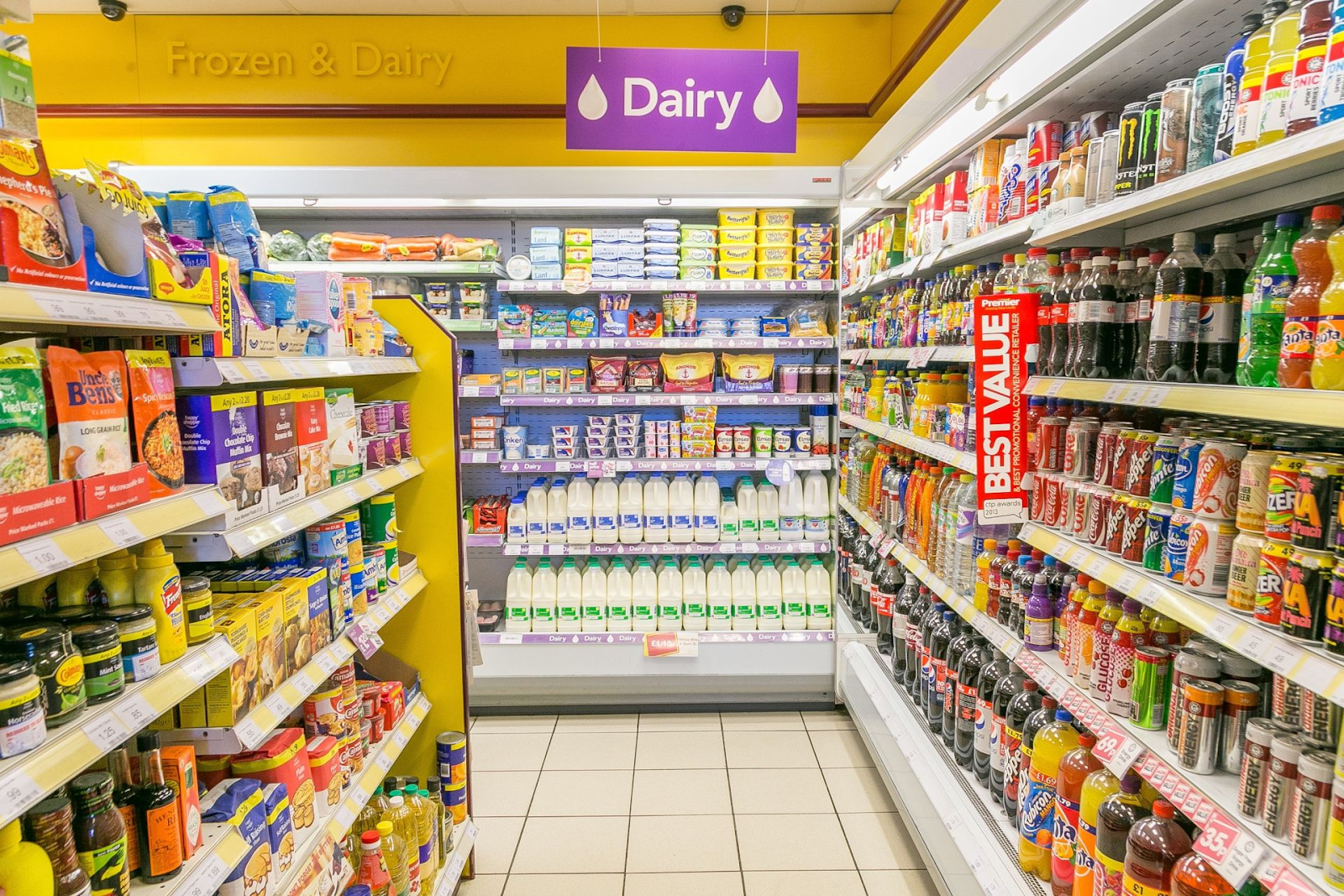
The retail market in Vietnam is among the largest and most rapidly expanding in Southeast Asia
Importance of Brand Identity
Brand identity is what sets a business apart from its competitors. It encompasses elements like logos, packaging, online presence, and marketing materials. A well-designed brand identity not only attracts customers but also helps build trust and credibility. It gives a business a personality and makes it memorable in the minds of consumers.
In the food and beverage retail industry, where there are numerous options available, having a strong brand identity is even more critical. It not only helps businesses stand out but also creates a sense of familiarity and loyalty among customers. A consistent and well-designed brand identity can also help in building a positive image and reputation for a business.
With that being said, let’s take a look at the latest design trends for food and beverage retail industry.
Design Trends
Logos
A logo is the face of a brand and plays a significant role in creating brand recognition and recall. In recent years, there has been a shift towards minimalism in logo design. Clean lines, neutral colors, and clear fonts have become popular choices for logos in the food and beverage industry.
Minimalist Designs
Minimalist designs focus on simplicity and use clean lines and simple shapes to create a sleek and modern look. This trend is gaining popularity as it allows businesses to convey their message in a straightforward and uncluttered manner. Minimalist logos are also easier to remember and recognize, making them a great choice for food and beverage brands.
Example: The logo of Starbucks, with its simple and iconic mermaid illustration, is a great example of a minimalist logo that is instantly recognizable.
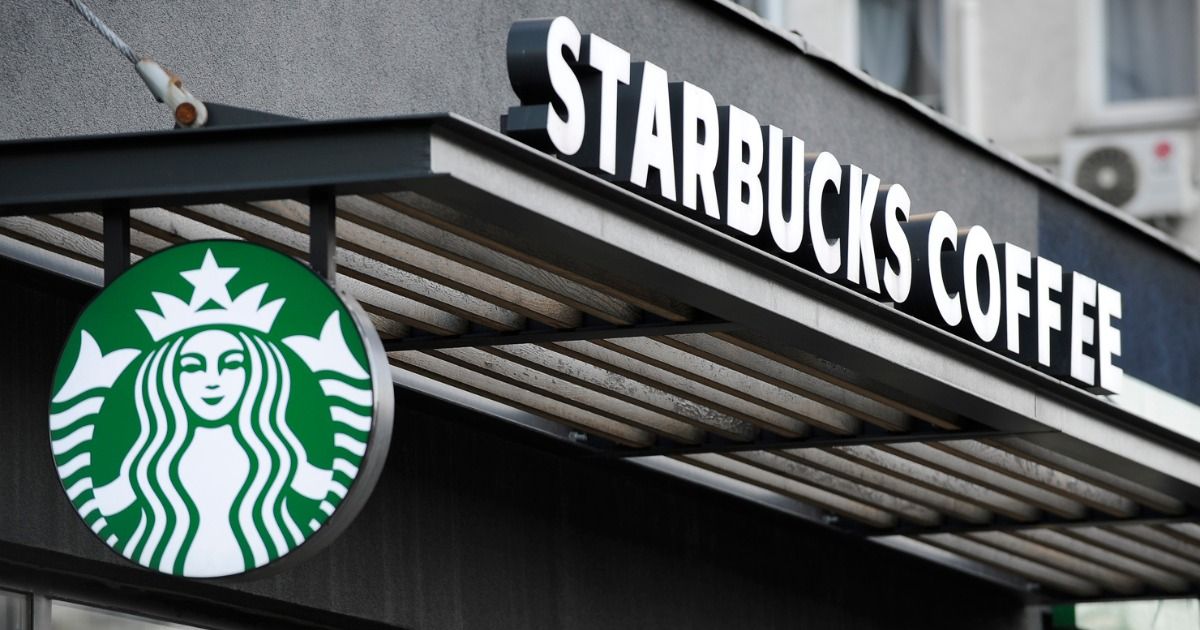
Minimalist designs emphasize simplicity, using clean lines and basic shapes to achieve a sleek and contemporary aesthetic
Neutral Colors
Neutral colors like white, black, and shades of gray have become increasingly popular in logo design. These colors evoke a feeling of simplicity and sophistication and work well for businesses in the food and beverage industry. They also provide a blank canvas for other elements of the brand identity, allowing them to stand out.
Example: The logo of Coca-Cola, with its iconic red and white color scheme, is a classic example of using neutral colors effectively in logo design.
Clear Fonts
Clear and legible fonts are essential for a logo that is easily recognizable and memorable. In recent years, sans-serif fonts have gained popularity, as they are clean, modern, and easy to read. The use of bold and uppercase fonts is also a trend that can make a logo stand out and grab attention.
Example: The logo of Nestle, with its bold and simple font, is a great example of using clear typography in logo design.
Graphics
Graphics play an important role in creating a brand identity that is visually appealing and engaging. In the food and beverage industry, graphics are used for various purposes, from packaging to marketing materials. Here are some of the latest trends when it comes to graphics in the food and beverage retail sector.
Simple Illustrations
Simple illustrations have become increasingly popular in recent years, especially in the food and beverage industry. These illustrations use basic shapes and lines to create designs that are visually appealing and easily recognizable. They also add a touch of playfulness and personality to the brand identity.
Example: The illustrations used by Innocent Drinks on their packaging and marketing materials are simple yet eye-catching, making them instantly recognizable among their target audience.
Bold Colors
Gone are the days of muted and pastel colors in graphic design. Bold and vibrant colors are trending in the food and beverage industry, as they make designs stand out and grab attention. Bright colors like orange, green, and purple work well for food products, as they evoke a sense of freshness and appeal to the senses.
Example: The use of bright and bold colors in the branding and packaging of Skittles makes them instantly recognizable and adds to their fun and playful image.
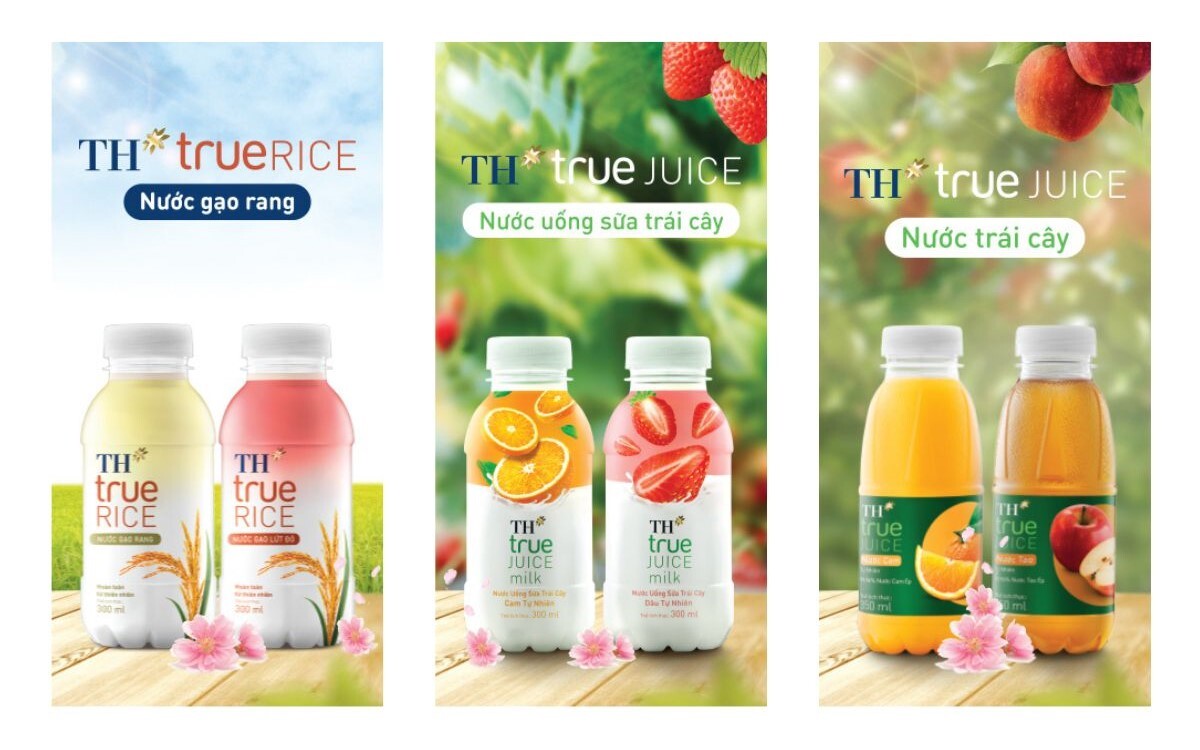
Vibrant colors such as orange, green, and purple are ideal for food products, invoking freshness and appealing to the senses
Product-Centric Designs
In the food and beverage industry, the focus is on the product itself, and this is reflected in the design choices. Product-centric designs, where the product is the main focus, have become increasingly popular. This trend allows businesses to showcase their products and ingredients in a visually appealing manner, making them more attractive to consumers.
Example: The packaging of Doritos, with its product-centric design that prominently features the chips, is a great example of using this trend effectively.
Packaging
Packaging is an integral part of a brand’s identity in the food and beverage industry. It not only protects the product but also plays a crucial role in attracting customers and creating a positive image for the brand. In recent years, there has been a shift towards sustainable packaging practices, along with a focus on minimalist designs.
Sustainable Materials
With increasing awareness about environmental issues, consumers are becoming more conscious of their choices, including the products they buy. This has led to a growing demand for sustainable packaging options in the food and beverage industry. Businesses are now exploring alternatives to traditional plastic packaging, such as biodegradable materials and reusable containers.
Example: The edible packaging used by Loliware, a company that makes straws from algae, is a great example of using sustainable materials in packaging.
Minimalist Designs
Minimalism is not just limited to logo design; it has also made its way into packaging design. Simple, clean, and uncluttered packaging is gaining popularity in the food and beverage industry. This trend not only gives a product a modern and sophisticated look but also helps it stand out among other products on the shelf.
Example: The packaging of Kind bars, with its use of white space and minimalistic design, is a great example of this trend in action.
Eco-Friendly Practices
In addition to using sustainable materials, businesses are also adopting eco-friendly practices when it comes to packaging. This includes reducing excess packaging, using recyclable materials, and promoting recycling and reusing among consumers. These practices not only help reduce the environmental impact but also appeal to environmentally conscious consumers.
Example: The “How2Recycle” label on the packaging of Nestle’s Häagen-Dazs ice cream promotes recycling and encourages consumers to properly dispose of the packaging.

In addition to utilizing sustainable materials, businesses are embracing eco-friendly practices for packaging
Key Takeaways
A strong brand identity is essential for businesses in the food and beverage retail industry. It helps them stand out in a competitive market, build trust and loyalty among customers, and create a positive image of their brand. To summarize, here are some key takeaways from this article:
- Minimalist designs with clean lines, neutral colors, and clear fonts are trending in logo design.
- Simple illustrations, bold colors, and product-centric designs are gaining popularity in graphics design.
- There is a shift towards sustainable packaging materials and practices in the food and beverage industry.
- Staying informed about the latest design trends is crucial to stand out in a competitive market.
Conclusion
Design trends in the food and beverage retail industry are constantly evolving. With changing consumer preferences and increasing competition, staying updated with the latest trends is crucial for businesses to remain relevant and successful. Embracing minimalist designs, adopting sustainable practices, and focusing on product presentation can help businesses in this sector create a strong and memorable brand identity that resonates with their target audience.
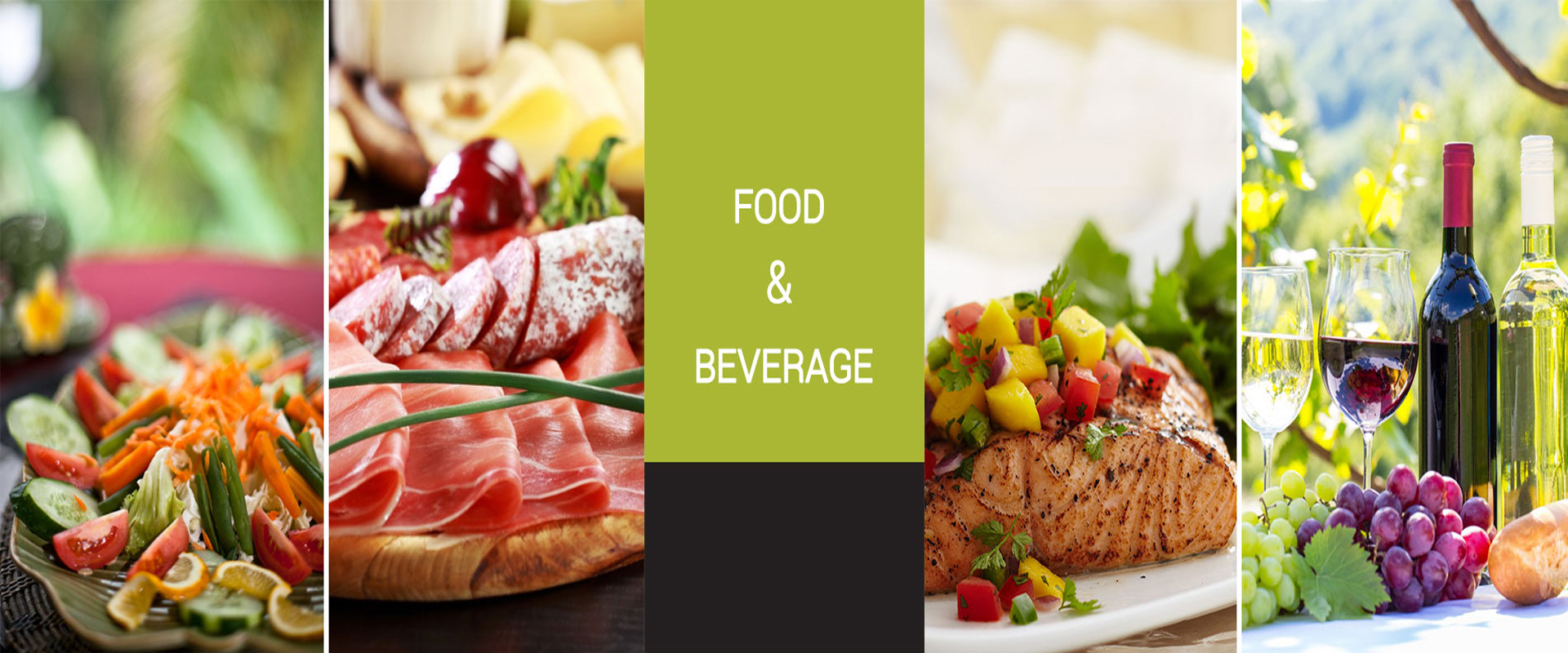
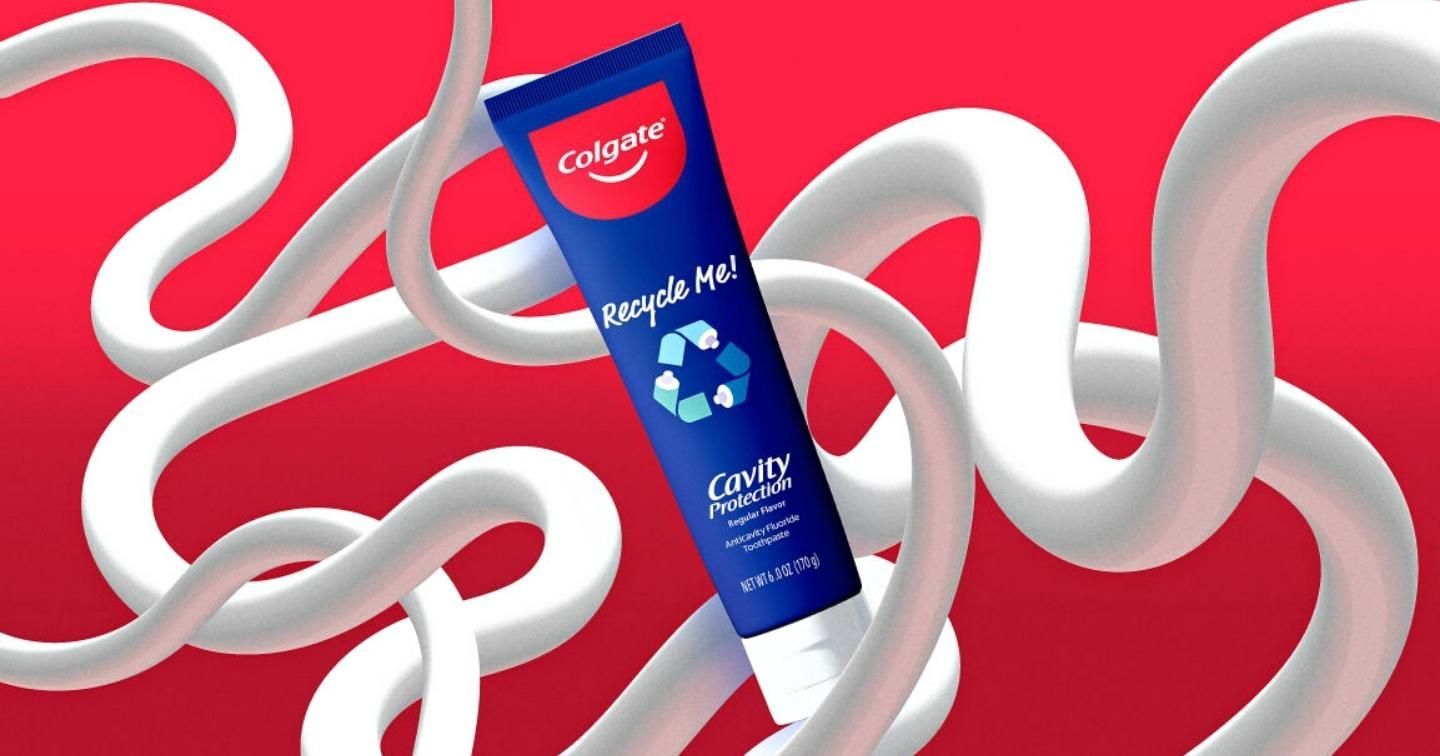
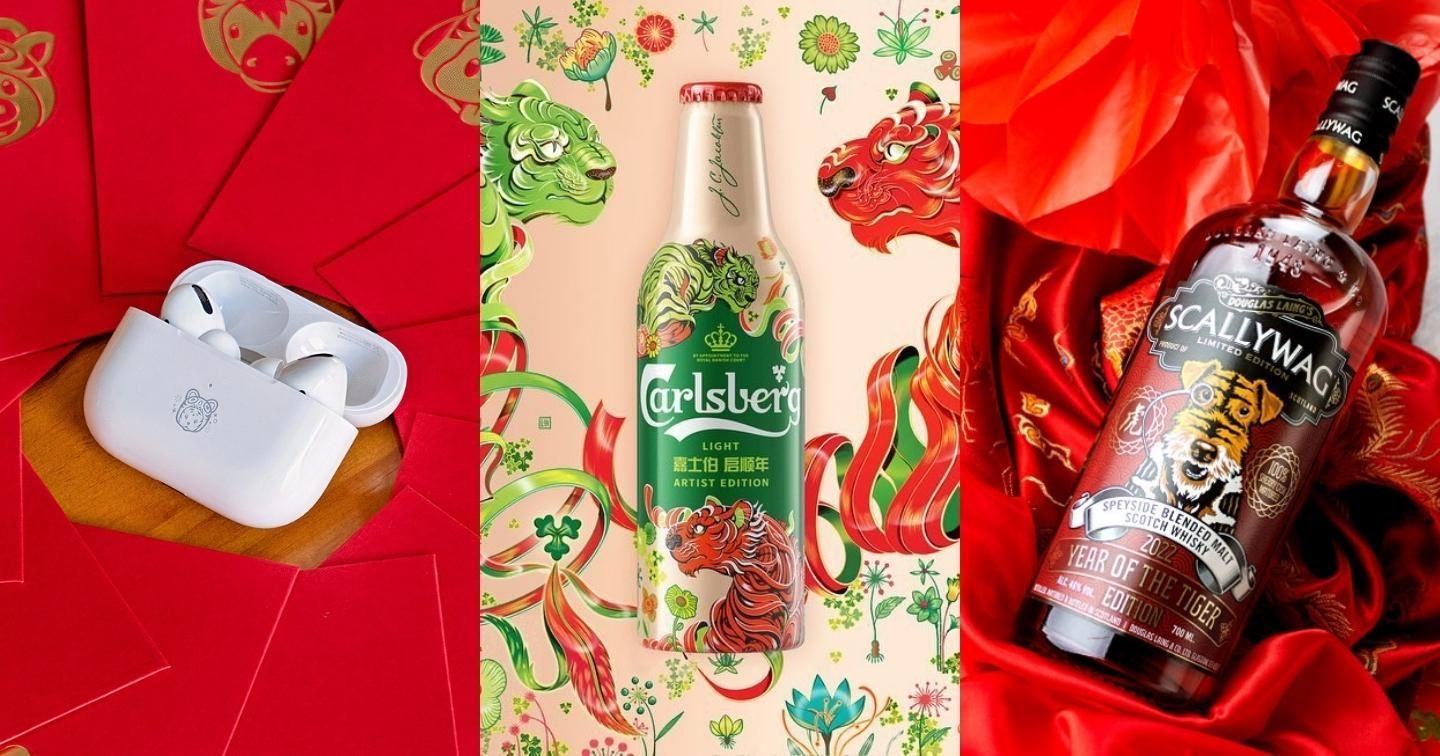





Post Comment